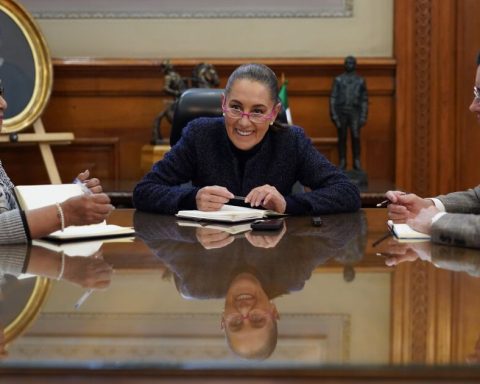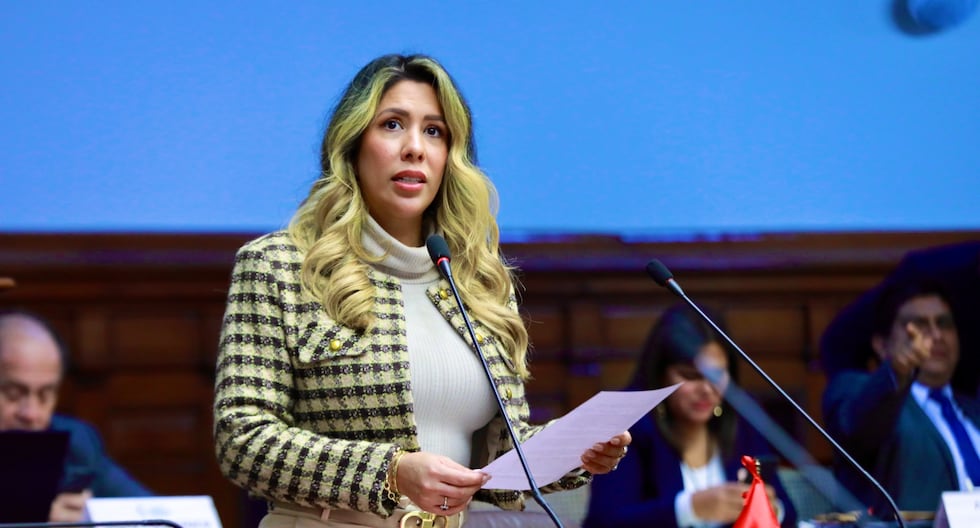The guidelines are contained in the detailed report by the staff of the IMF’s annual “Article IV” review of U.S. economic policies released on Thursday.
The Fund has stressed in recent weeks the need for greater fiscal prudence as U.S. deficits continue to widen despite solid economic growth and as Republicans and Democrats formulate tax and spending proposals ahead of the November presidential election.
IMF chief economist Pierre-Olivier Gourinchas told Reuters on Tuesday that the Fed could afford to wait longer to begin easing monetary policy given a strong labor market. But the staff report specifies that this shift should occur “by late 2024,” to avoid further upside surprises in inflation data.
“Given the significant upside risks to inflation (which were clearly highlighted by data results earlier this year), it would be prudent to lower the policy rate only after there is clearer evidence in the data that inflation is sustainably returning to the 2% target,” he said.
















